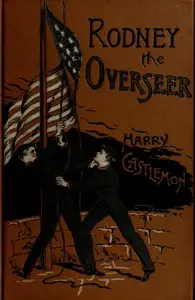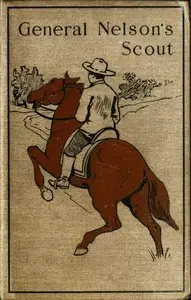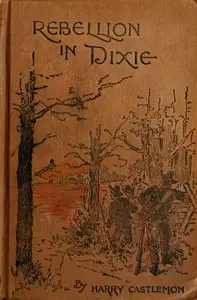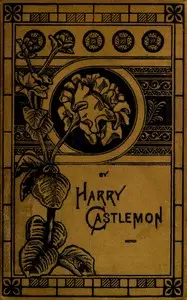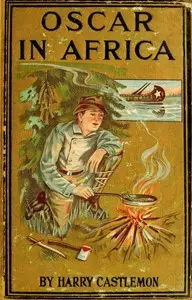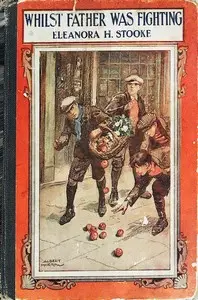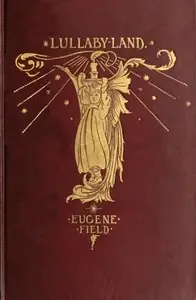"Rodney, the Partisan" by Harry Castlemon, is a captivating historical novel that transports readers to the heart of the Civil War. The story follows Rodney Gray, a spirited young Southern cadet, as he embarks on a journey to fight for the Confederacy. Grappling with intense family debates over loyalty and duty, Rodney's initial enthusiasm clashes with the grim realities of war and the diverse opinions within his own household. As Rodney ventures forward, his resolve is tested by the potential for betrayal and the looming threat of entering enemy territory. The novel vividly captures the turbulent era, highlighting the personal sacrifices and moral complexities faced by those caught in the conflict.

Rodney, the Partisan
By Harry Castlemon
In a nation divided, a young cadet's burning desire to serve is challenged by family discord, dangerous friendships, and the looming specter of war.
Summary
About the AuthorCharles Austin Fosdick, better known by his nom de plume Harry Castlemon, was a prolific writer of juvenile stories and novels, intended mainly for boys. He was born in Randolph, New York, and received a high school diploma from Central High School in Buffalo, New York. He served in the Union Navy from 1862 to 1865, during the American Civil War, acting as the receiver and superintendent of coal for the Mississippi River Squadron. Fosdick had begun to write as a teenager, and drew on his experiences serving in the Navy in such early novels as Frank on a Gunboat (1864) and Frank on the Lower Mississippi (1867). He soon became the most-read author for boys in the post-Civil War era, the golden age of children's literature.
Charles Austin Fosdick, better known by his nom de plume Harry Castlemon, was a prolific writer of juvenile stories and novels, intended mainly for boys. He was born in Randolph, New York, and received a high school diploma from Central High School in Buffalo, New York. He served in the Union Navy from 1862 to 1865, during the American Civil War, acting as the receiver and superintendent of coal for the Mississippi River Squadron. Fosdick had begun to write as a teenager, and drew on his experiences serving in the Navy in such early novels as Frank on a Gunboat (1864) and Frank on the Lower Mississippi (1867). He soon became the most-read author for boys in the post-Civil War era, the golden age of children's literature.

